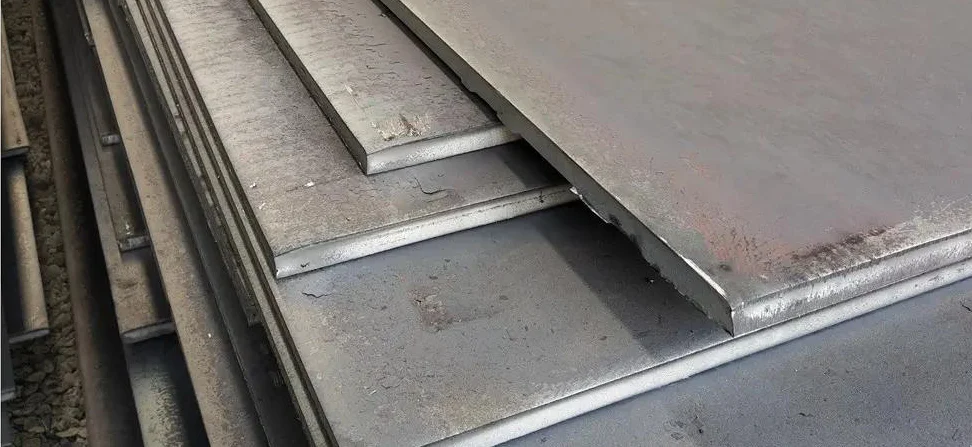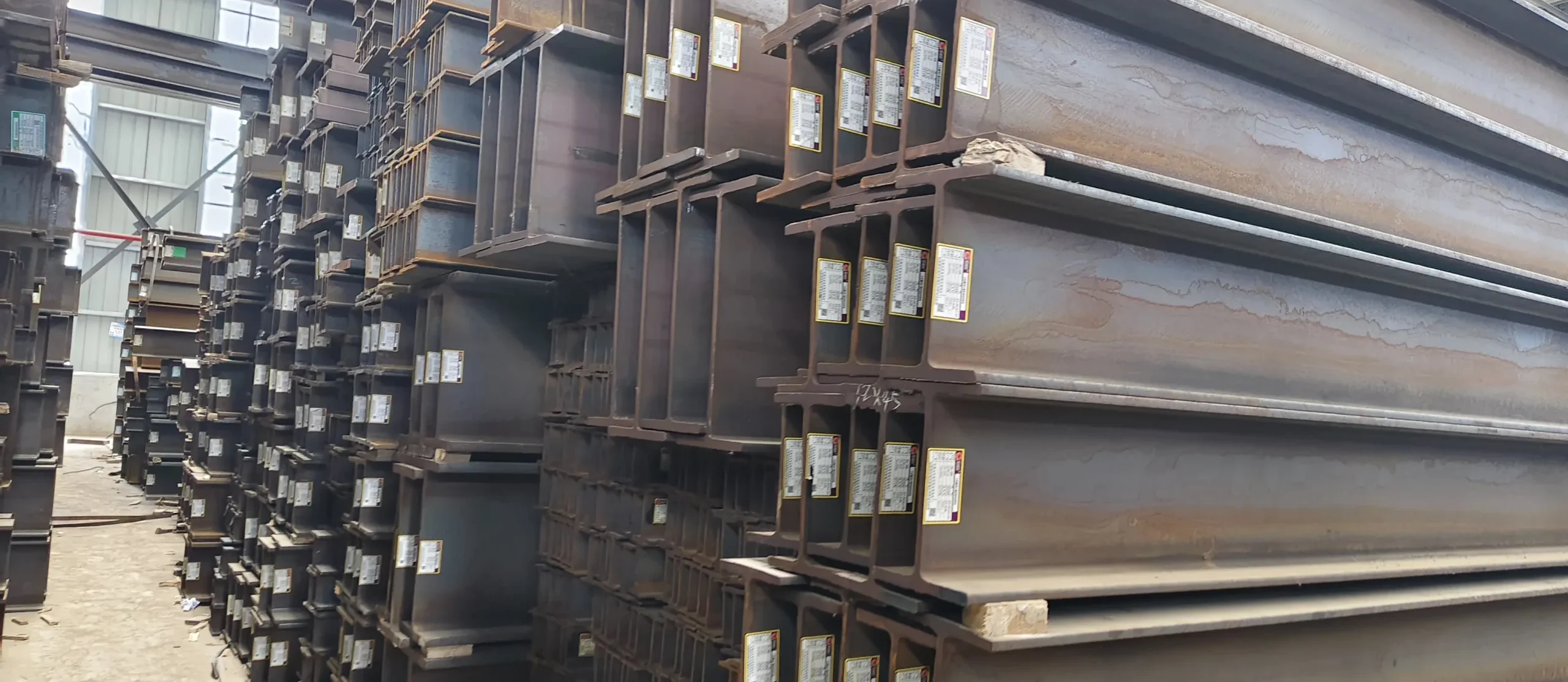2507 super duplex stainless steel: 00Cr25Ni7Mo4N

2507 stainless steel is called 00Cr25Ni7Mo4N in China. This steel is a well-known super duplex stainless steel. The amount of chromium, molybdenum and nitrogen in the steel is higher than that of the second-generation duplex stainless steel. Its PRE value can reach 42 and it has excellent pitting corrosion resistance and crevice corrosion resistance.
2057 duplex steel was first developed by the Swedish company SANDVIK and came out in 1993.
Characteristics of 2507 super duplex steel
After 2507 stainless steel is suitable for solution treatment, the microstructure of this steel has an ideal dual-phase structure with an α/γ ratio of about 50/50.
When the solution temperature is above 1050°C, as the temperature increases, the number of ferrite phases in the steel will increase, but due to the high nitrogen content, the proportion of steel below 1300°C will not change significantly.
Mechanical properties of 2507 super duplex steel
Studies have shown that in order to obtain a brittle transition temperature of less than -50℃ and sufficient toughness for super duplex stainless steels such as 2507 stainless steel, the Cr/Ni content in the steel needs to be controlled to obtain the best two-phase comparison.
It is necessary to improve the purity of the steel and master the appropriate hot working and heat treatment processes.
Corrosion resistances
- Overall corrosion: The overall corrosion resistance of 2507 stainless steel is not only better than chrome nickel austenitic stainless steels such as 316 and 904L in some media, but also similar to 6Mo+N super austenitic stainless steel.
- Pitting and crevice corrosion: 2507 stainless steel has excellent pitting and crevice corrosion resistance. In some tests, the pitting and crevice corrosion resistance of 2507 steel is close to or even higher than that of super austenitic 6Mo+N.
- Stress corrosion: 2507 stainless steel has excellent resistance to stress corrosion. For example, in the use of Cl-H₂S acid gas, the stress corrosion resistance of 2507 stainless steel is not only better than 2304, 2205 second-generation duplex stainless steel, 304L, 316L ordinary austenitic stainless steel, but also superior to high chromium, nickel, and molybdenum Stainless steel 904L and iron-nickel-based corrosion-resistant alloy Sanicro28.
- Abrasion: Because 2507 super duplex stainless steel has both high corrosion resistance and high hardness, therefore, this steel shows excellent performance in an abrasive fluid environment with both corrosive media and fixed particles Wear resistance
Cold and Hot processing performance
Heat process: Super duplex stainless steel pipe has lower hot workability plasticity than ordinary duplex stainless steel pipe with lower chromium, molybdenum and nitrogen content, and the resistance to hot deformation is relatively high. Therefore, the hot workability of this steel is relatively poor. Experiments show that the hot processing temperature of 2507 stainless steel is preferably 1020~1125℃.
Cold process: 2507 stainless steel has good cold workability and can be cold worked and cold formed in the solution treatment state. However, because the yield strength of super duplex stainless steel is much higher than that of single phase stainless steel, it requires a large external force during initial deformation. Cold work hardening, when the cold deformation exceeds 20%, it needs to undergo intermediate heat treatment at 1080~1120℃.
Application field of 2507 super duplex steel
2507 Super Duplex Steel is mainly used in oil and gas pipelines, tanks and tanks of offshore chemical carriers, chemical industry, petrochemical industry, oil refining industry, and towers, tanks, vessels, heat exchangers in seawater environments.



